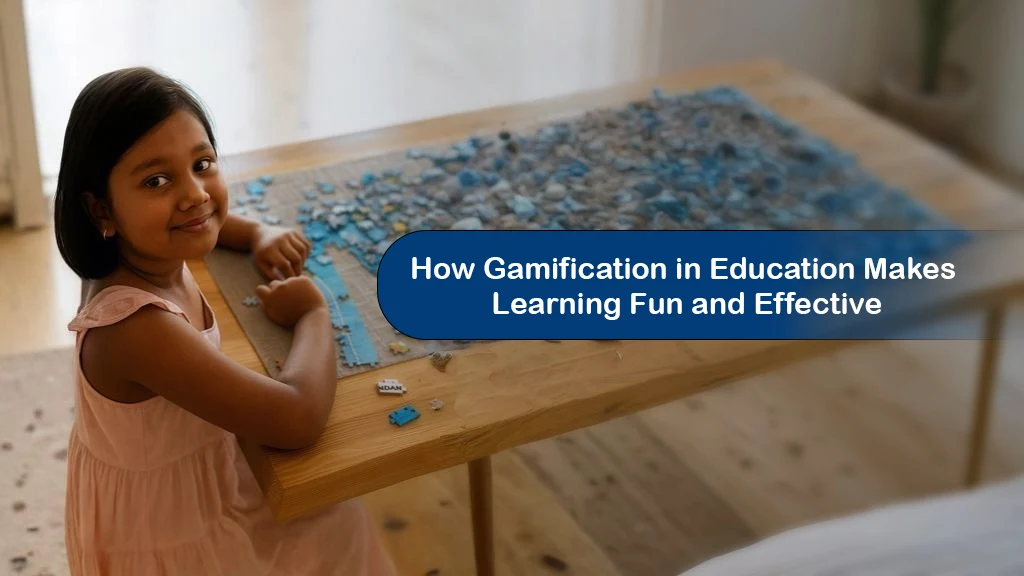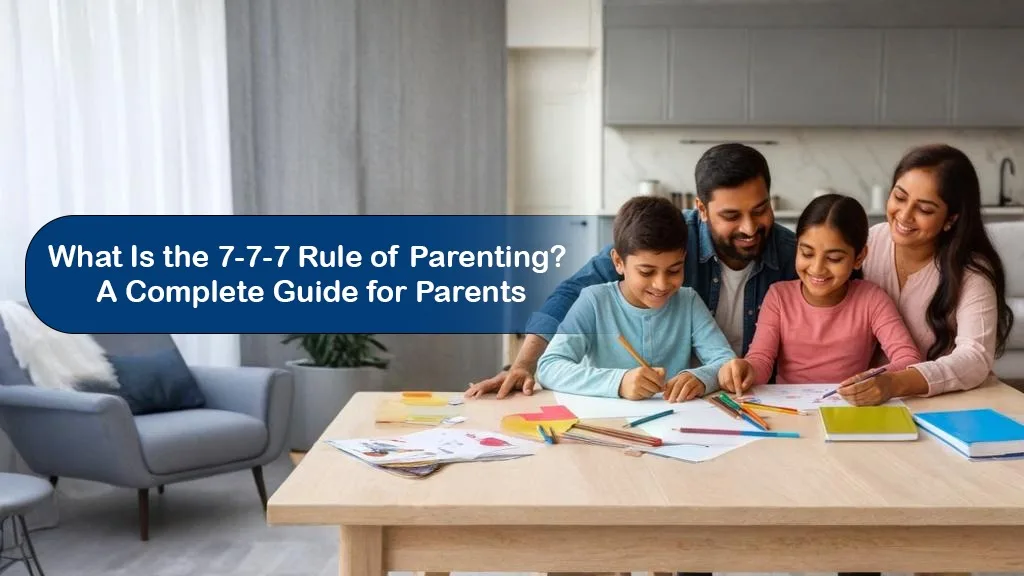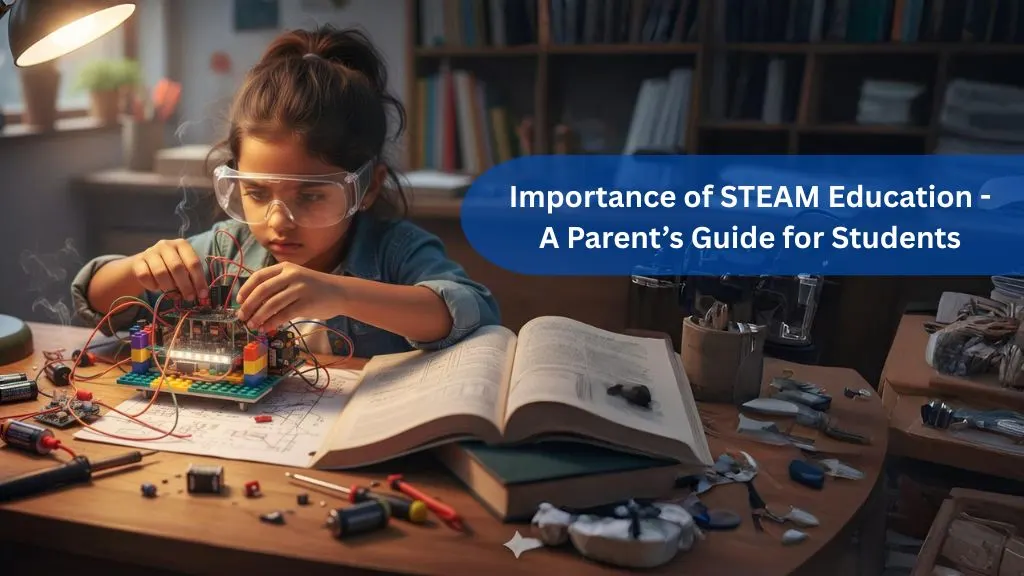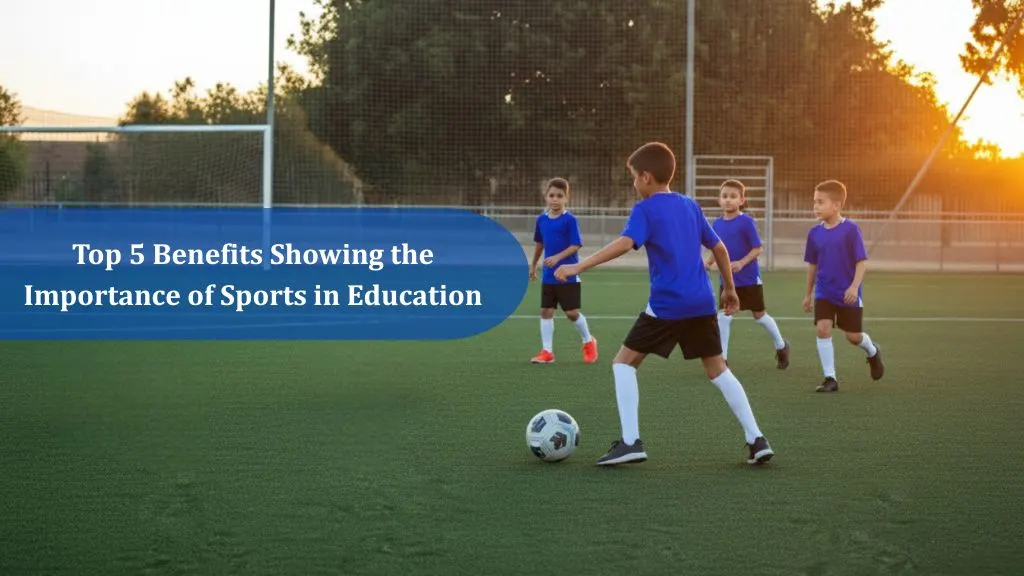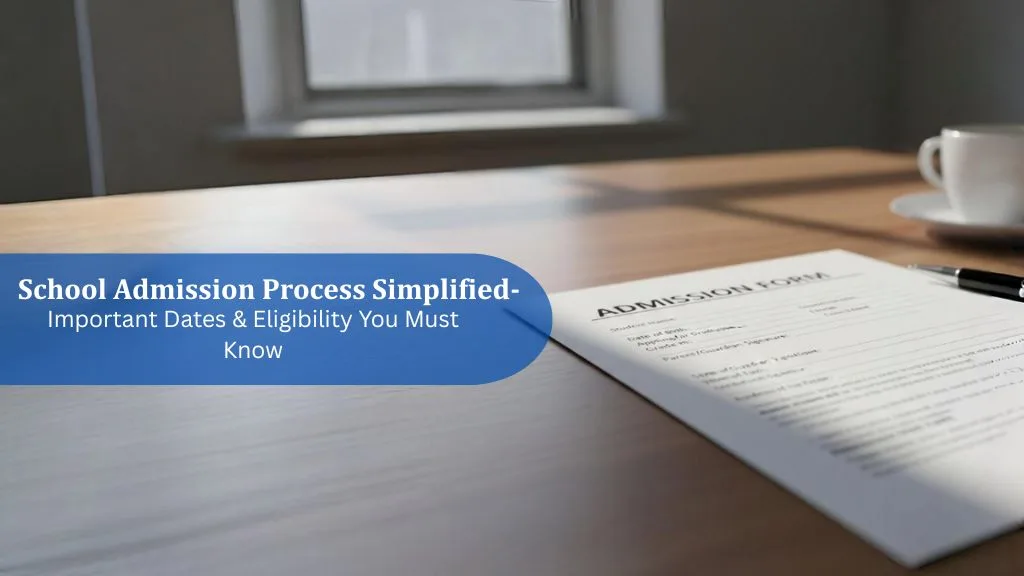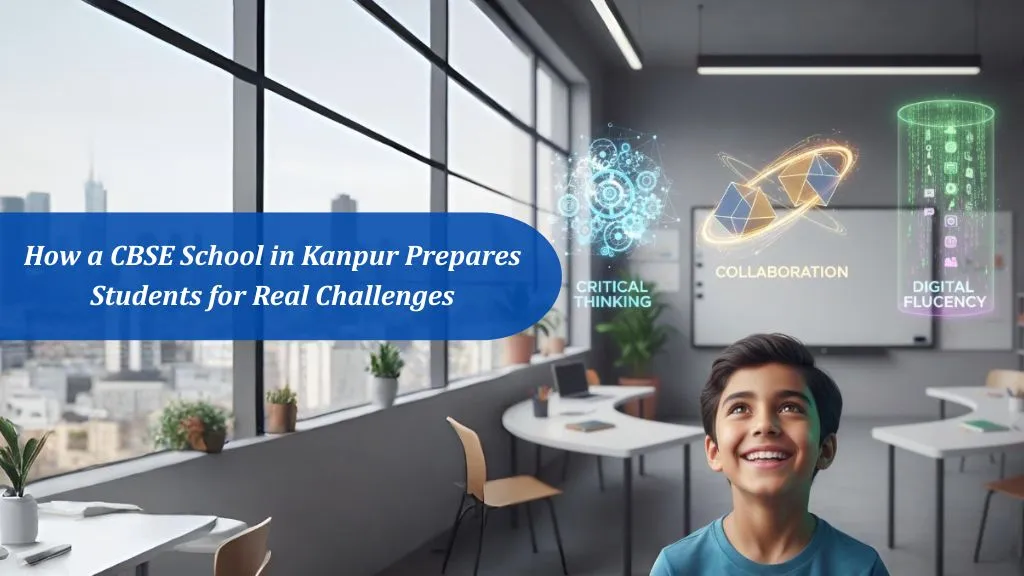Online Learning vs Classroom Learning 2025: Which Is Better?
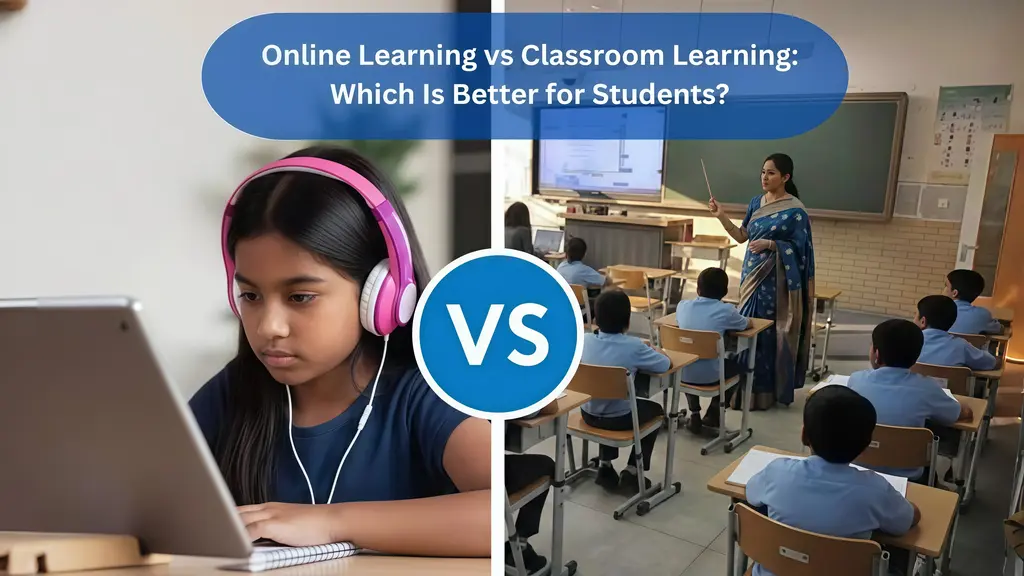
Did you ever ask yourself what kind of learning really works best for students in 2025 – home online classes or old-fashioned classroom learning? As new technology emerges and modern educational tools are developed, students, parents, and teachers often wonder about this. Both methods have their special advantages, but which one truly supports learning, concentration, and overall development?
In this blog, we will discuss online learning vs classroom learning 2025, exploring the pros, cons, and differences between the two.
What Is Online Learning?
Online learning, or eLearning is a form of learning where students acquire knowledge and attend classes using the digital platforms, including Zoom, Google Classroom or learning applications. It is a flexible time and location where students can study in the comfort of their homes.
What Is Classroom Learning?
Classroom learning is the conventional one where students go to physical colleges or schools. It comprises face-to-face communication with teachers and peers, offering a systematic framework for learning.
Let's now discuss eight points to understand online learning vs classroom learning 2025 better.
1. Flexibility and Convenience
Flexibility is one of the key benefits of online education. The students get to decide when to go to classes, watch videos of lessons, and finish assignments at their convenience. This makes online learning a strong option in the discussion of online learning vs classroom learning 2025, especially for those who have to juggle studies with other activities or commitments.
Alternatively, classroom learning is determined by a time schedule. It might be less convenient but it develops discipline, time management and routine which is good for long-term academic performance.
2. Social Skills and Interaction
Learning in the classroom encourages socialisation. Students interact in class discussions, pose questions openly, and are involved in exercises that foster teamwork and communication. That is one reason why most think that classroom learning is superior to online learning in social skills building.
Online learning, however, is becoming better with added chat capabilities and discussion boards and may at times be isolating. Students often lack face-to-face interaction, which impacts socialisation.
3. Learning Resources and Technology
Online education offers students an immense amount of resources including video classes to virtual quizzes and learning applications. It has the ability to ensure learning is interactive and customised.
Classroom learning also employs textbooks, libraries, and experiments to gain hands-on experience. Though it might not have as many computer tools as online learning, it teaches students to delve deep into learning materials and think critically. Both methods show unique strengths in online learning vs classroom learning 2025.
4. Teacher Support and Guidance
In a classroom, teachers can immediately realise when a student is having problems and give one-on-one attention. Teachers can modify lessons in real-time as per students' understanding.
Online learning is based on electronic communication, which is often slower. But newer systems permit instant messaging, virtual office hours, and AI-supported tutoring to aid students.
5. Motivation and Discipline
Most students are motivated by classroom learning due to peer presence, organised schedules, and frequent oversight. It's simpler for educators to keep students on track.
Self-discipline is needed when it comes to online learning. Without a formal environment, other students would procrastinate or be distracted. This is an important factor in comparing eLearning vs classroom learning.
6. Cost and Accessibility
Online learning tends to lower travel costs, uniforms, and physical materials. It enables students from rural places to receive quality education.
Classroom education is costly in terms of infrastructure, transport, and other facilities. Yet, it offers experiences and activities that cannot be easily reproduced in online environments. Cost considerations are an important part of online learning vs classroom learning 2025 discussions.
7. Evaluation and Performance
The classroom assessments involve written examinations, verbal examination and practical activity that give a detailed evaluation of how well a student understands.
Electronic quizzes and assignments are the common online learning tests. They are convenient but do not always reflect hands-on competence and thus there is a need to combine both online tools and experience based learning.
8. Future Trends and Adaptability
Whether online learning will totally replace classroom teaching is a question that is often debated. Although technology is developing so fast, classrooms provide a space for comprehensive growth. The future holds a combination or a mixture of both in order to improve the learning process.
This ongoing evolution is central to the conversation on online learning vs classroom learning 2025.
Major Differences Between Online learning vs Classroom Learning 2025
| Aspect | Online Learning | Classroom Learning |
| Flexibility | High – learn anytime, anywhere | Fixed schedule, less flexible |
| Social Interaction | Limited | High, encourages teamwork and communication |
| Teacher Support | Delayed feedback sometimes | Immediate guidance and support |
| Motivation & Discipline | Requires self-discipline | Structured and motivating environment |
| Cost | Lower – minimal travel and materials | Higher – infrastructure and facilities cost |
| Learning Resources | Digital tools, videos, eBooks | Textbooks, labs, library, hands-on learning |
| Assessment | Online quizzes, assignments | Exams, oral tests, practical evaluations |
| Adaptability | Tech-savvy approach | Traditional structured learning |
Conclusion
Both classroom and online learning possess strengths and weaknesses. While online learning vs classroom learning 2025 showcases the ease of use and technological benefits of eLearning, classroom learning still excels at developing Discipline, social abilities, and practical experience. For all but a few students, a combination of online tools and classroom experiences is best.
Last but not least, the best learning style depends on personal needs, goals, and learning preferences of a student. With the awareness of the difference between classroom and online learning, parents and teachers are able to create knowledgeable decisions ensuring that students succeed both academically, socially and personally.

